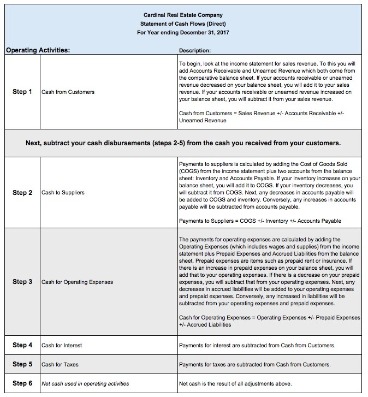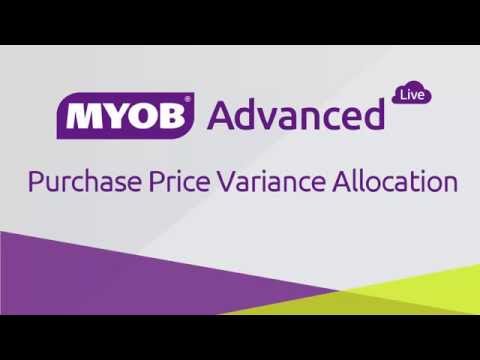Instead, these items are determined at the end of each quarter, year, or accounting period. In addition to accounts for beginning inventory, purchases and ending inventory, you’ll want to keep track of sales. It won’t directly impact your inventory account since the numbers aren’t adjusted until you have your ending counts. That said, you can compare recorded sales to beginning and ending counts at the end of a period to ensure products aren’t missing. In a periodic inventory system, no continuous record of changes is kept. The yearly inventory purchases are recorded in the purchases account, which is a ledger listing all inventory purchases and their costs.
Accounting for Changing Prices – The CPA Journal
Accounting for Changing Prices.
Posted: Mon, 08 May 2023 07:00:00 GMT [source]
In the meantime, the inventory account in the accounting system continues to show the cost of the inventory that was recorded as of the last physical inventory count. To implement a periodic inventory accounting system, all you need is a team to perform the physical inventory count and an accounting method for determining the cost of closing inventory. The LIFO (last-in first-out), FIFO (first-in first-out), and the inventory weighted average methods are all promising calculation techniques. Because the periodic inventory method uses minimal materials, it allows for quick setup with fewer total costs. Under the periodic inventory system, all purchases made between physical inventory counts are recorded in a purchases account. When a physical inventory count is done, the balance in the purchases account is then shifted into the inventory account, which in turn is adjusted to match the cost of the ending inventory.
What Is a Perpetual Inventory System?
In that case, a periodic inventory system could be enough to meet your needs without breaking the bank on software and hardware purchases. If that’s not the case, you may need to consider alternative options. Now that we’ve established the basic process of a periodic https://kelleysbookkeeping.com/what-type-of-account-is-a-security-deposit/ inventory system, we can check out some of the individual methods used under these solutions. Let’s take a closer look at how this system works, some of its benefits and drawbacks, the alternative perpetual inventory system and who typically finds it most useful.
- The guide has everything you need to understand and use a periodic inventory system.
- The debit, merchandise inventory (ending), is subtracted from that total to determine the balancing debit to the cost of goods sold.
- There are many inventory valuation methods available for businesses to use, and picking the right valuation method can have long-lasting effects.
- To see our product designed specifically for your country, please visit the United States site.
- By the time a physical count is completed, there may be inventory reconciliations needed to address stock discrepancies.
These companies often don’t need accounting software to do the counts, which means inventory is counted by hand. As such, the system is commonly used by companies that sell small quantities of inventory, including art and auto dealers. Periodic inventory allows a business to track its beginning inventory and ending inventory within an accounting period for their financial statements.
Perpetual Inventory
While the system may work for smaller businesses, it can prove to be highly problematic for large businesses due to its high level of inaccuracy. Since the periodic system is manual, it’s prone to human error and the inventory data can be misplaced or lost. Record your total discount in your journal by combining the inventory sales and the sales discount entries. Record the purchase discount by debiting the accounts payable account and crediting the purchase discount account. While periodic inventory is easy to implement, it comes with several noteworthy drawbacks around the level of detail you get and how often your information is updated.
What is a periodic inventory system provide examples?
Physical counts may be conducted monthly, quarterly, or annually depending on the business. A periodic inventory system allows businesses to track inventory levels and costs. For example, adding the beginning balance of inventory to the cost of inventory purchases calculates the cost of goods for sale.
The scanned barcode sales data tell the business owner exactly what inventory should still be on hand. The company then compares the manual periodic inventory count results to the periodic data to determine how much inventory has been lost, stolen, damaged or subject to spoilage. Perpetual inventory systems provide the business owner with a record of detailed sale transactions by item, including where, when, and at what price items were sold.
Why You Can Trust Finance Strategists
In the periodic system, the software only updates the general ledger when you enter data after taking a physical count. In a perpetual system, the COGS account is current after each sale, even between the traditional accounting periods. In the periodic system, you only perform the COGS during the accounting period.

Since inventory counts happen at the end of an accounting period, you must rely on estimates to understand COGS during intervals. When ending inventory is determined, you use it to adjust estimates to reflect actual counts. The ending inventory is determined at the end of the period by a physical count of every item and its cost is computed using inventory calculation methods such as FIFI, LIFO and weighted averages. At the end of the year, a physical inventory count is done to determine the ending inventory balance and the cost of goods sold. Given that periodic systems’ pricing is low cost (and they’re user-friendly), it makes sense they’re a great choice for small businesses who don’t have a ton of capital.
Periodic inventory FAQs
Here are some common questions that business owners have about periodic inventory systems with answers to give you some guidance. Periodic inventory systems are relatively simple to implement as it requires fewer records than other valuation methods. Periodic inventory systems are commonly used by startups and small businesses, and What Is The Periodic Inventory System? you might be wondering if it’s the right method for you. In this article, we’ll take a look at what periodic inventory is, how to implement it, and how it can benefit your business. There are many inventory valuation methods available for businesses to use, and picking the right valuation method can have long-lasting effects.

